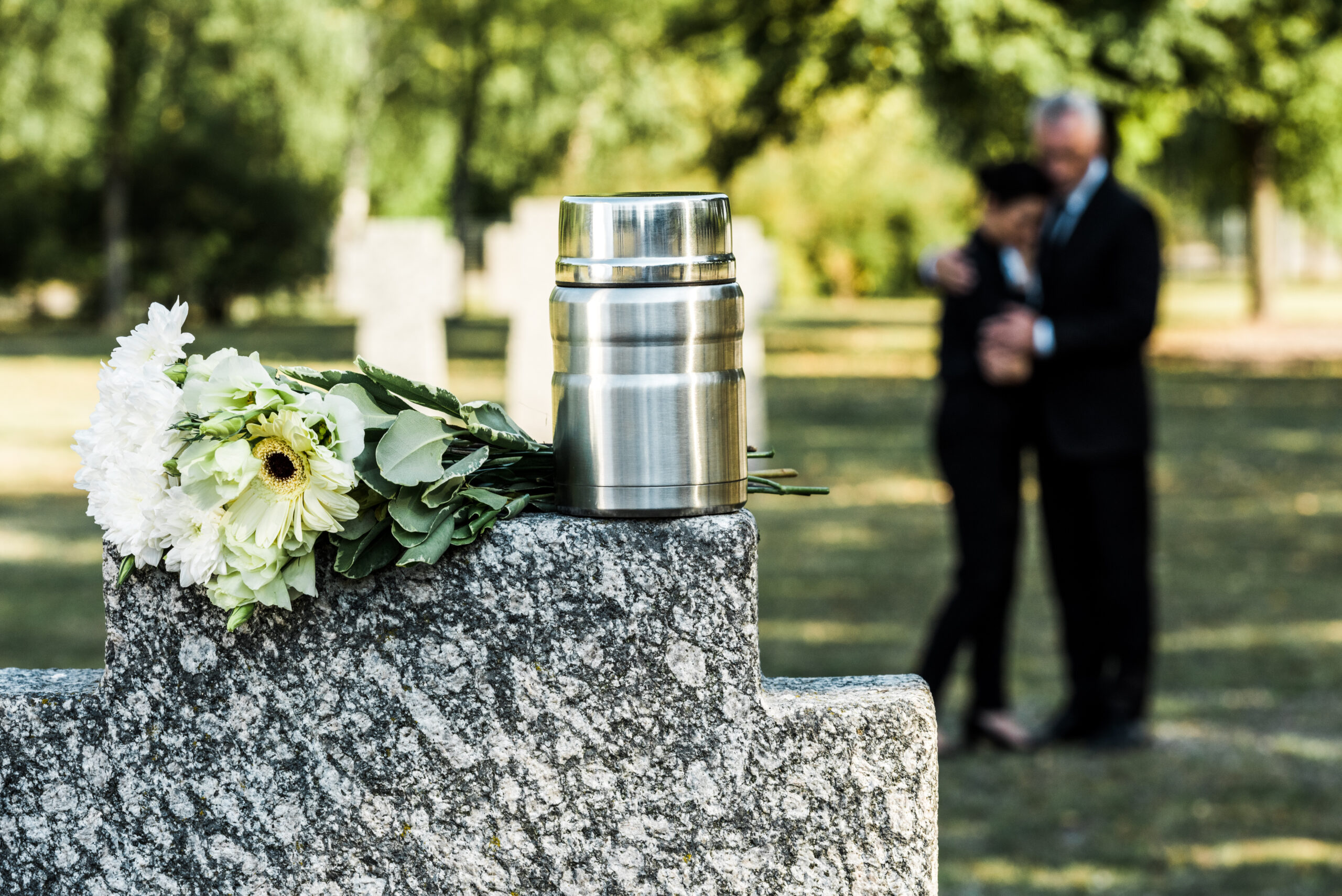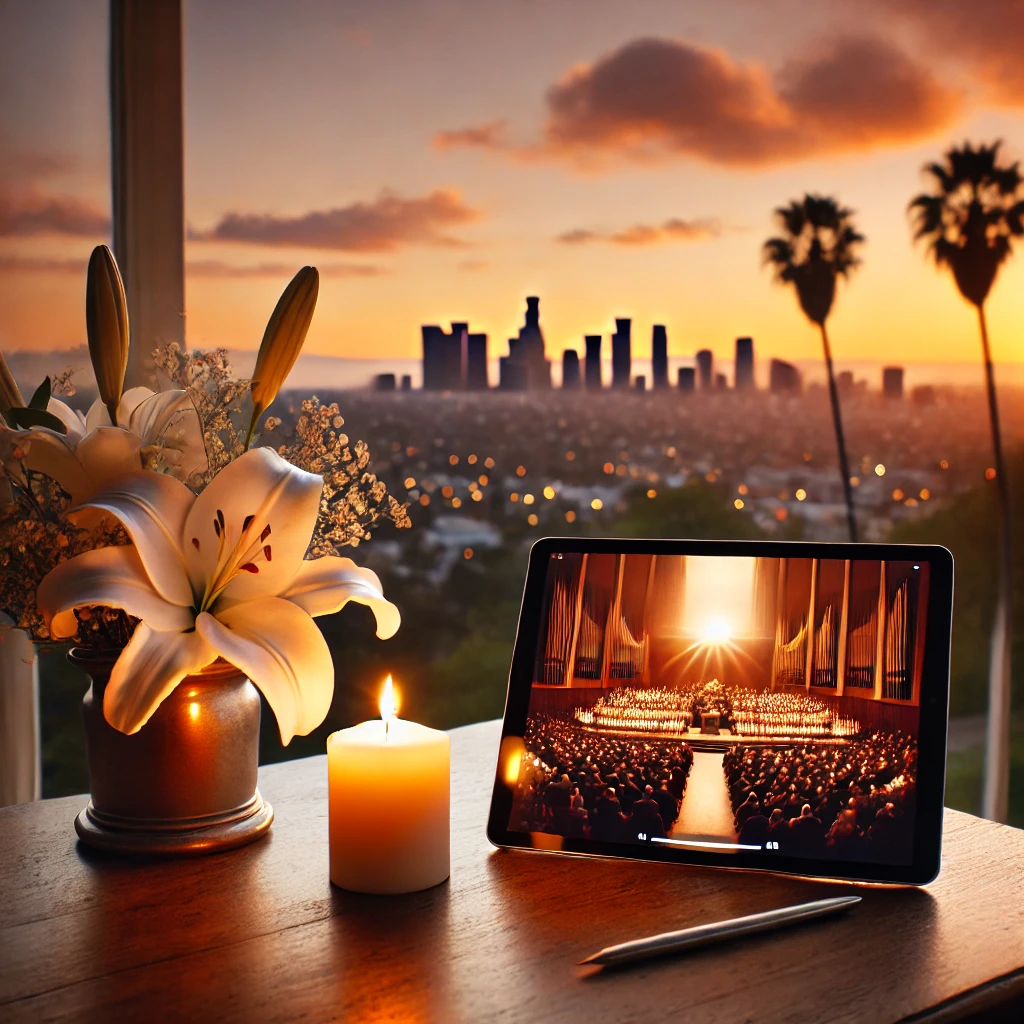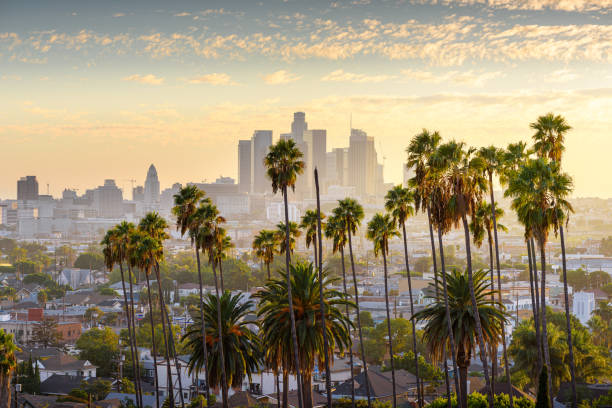Cremation has been practiced in various forms for thousands of years, with each culture and religion approaching it in unique ways. The rituals and beliefs surrounding cremation reflect deeply rooted traditions, offering insight into how different societies honor life, death, and the afterlife. At the Los Angeles Cremation Society, we believe that understanding these diverse perspectives can help families appreciate the global significance of cremation and its place in modern memorialization.
Hinduism: A Path to Liberation
In Hindu culture, cremation is not only a common practice but a deeply spiritual one. Hindus believe that the body is merely a vessel for the soul, and cremation helps release the soul from its earthly form, allowing it to move toward reincarnation or moksha (liberation from the cycle of rebirth). Traditionally, cremation takes place on a funeral pyre, with family members, especially the eldest son, participating in the rituals.
The Ganges River, considered sacred, plays an important role in Hindu cremation traditions. Many families wish to scatter the ashes of their loved ones in the river, believing that it helps purify the soul and bring it closer to liberation. Cremation in Hinduism is seen as a way to honor both the earthly life and the spiritual journey that follows.
Buddhism: Letting Go of Attachment
In Buddhism, cremation is also widely accepted, though practices may vary by region. Similar to Hindu beliefs, Buddhists view the body as temporary, and cremation serves as a way to release the soul from worldly attachments. In countries like Thailand, Sri Lanka, and Japan, cremation ceremonies are often elaborate, with prayers and rituals that reflect the deceased’s spiritual life and their journey toward enlightenment.
Buddhist cremation ceremonies are often accompanied by chanting from monks, who recite prayers for the deceased to aid in their transition to the afterlife. The process encourages family members and loved ones to reflect on the impermanence of life, a central tenet of Buddhist philosophy. The ashes may be kept in an urn, scattered in nature, or enshrined in a temple.
Christianity: Evolving Perspectives
Christianity’s relationship with cremation has evolved significantly over time. In the past, cremation was discouraged or even forbidden by some Christian denominations, as burial was seen as a reflection of the resurrection of the body. However, in recent decades, many Christian groups, including Roman Catholics and various Protestant denominations, have become more accepting of cremation as an option for honoring the deceased.
In the Catholic Church, for example, cremation is permitted as long as it is done with reverence and the ashes are properly stored or interred, rather than scattered. Some Christians prefer to combine cremation with traditional funeral rites, allowing for a viewing or service before the cremation takes place. The shift toward cremation in Christianity reflects changing societal views on death and burial, as well as practical considerations like cost and land use.
Japanese Culture: Cremation as a Norm
In Japan, cremation is the dominant practice, with nearly all funerals involving cremation. This tradition has roots in both Shinto and Buddhist beliefs. Following cremation, the family participates in a ritual known as “kotsuage,” where the bones of the deceased are carefully collected from the ashes using chopsticks and placed into an urn. This process is a deeply respectful and spiritual act, symbolizing the family’s ongoing connection to the deceased.
After the cremation, the ashes are often placed in a family grave or a Buddhist temple, where ancestors are honored during annual ceremonies like Obon. Japanese cremation rituals emphasize both reverence for the deceased and the importance of family ties, with memorials continuing for generations.
Indigenous Cultures: Sacred Fire Ceremonies
Among many Indigenous cultures, fire is a sacred element, and cremation is sometimes incorporated into death rituals to release the spirit. For example, some Native American tribes believe that cremation helps free the soul to join the ancestors, using fire as a transformative force. Rituals often include prayers, songs, and offerings to guide the soul on its journey to the spirit world.
These ceremonies are often community-centered, with extended families and tribal members gathering to participate in the rituals. The ashes may be scattered in nature, placed in sacred locations, or buried in accordance with the tribe’s customs. For many Indigenous peoples, cremation is a way to honor both the deceased and the natural world that sustains life.
Islamic Tradition: A Preference for Burial
In contrast to many cultures that embrace cremation, Islamic tradition strongly favors burial over cremation. Muslims believe that the body should be treated with utmost respect, and burial is seen as a way to honor the body as it returns to the earth. Cremation is generally forbidden in Islam, as it is viewed as incompatible with the belief in bodily resurrection.
Islamic funerals are simple and swift, with the body washed, wrapped in a white shroud, and buried as soon as possible after death. The focus is on humility and equality in death, reflecting the Islamic belief that all people are equal before God. The rejection of cremation in Islam underscores the diverse views on death and afterlife across different religious traditions.
Modern Secular Perspectives: Personal Choice and Flexibility
In many secular societies, cremation has become a practical and flexible option for memorializing loved ones. The choice to cremate is often driven by personal preferences, environmental concerns, or financial considerations. Families today have a wide range of options when it comes to how they memorialize the deceased, from scattering ashes in meaningful locations to creating personalized keepsakes.
For those who are not bound by religious traditions, cremation offers the opportunity to craft a unique, personalized tribute that reflects the life and values of the deceased. Whether through keepsake jewelry, memorial urns, or scattering ceremonies, families are free to choose a form of memorialization that feels right for them.
Honoring Traditions and Personal Choices
At the Los Angeles Cremation Society, we recognize the diverse cultural and religious traditions surrounding cremation. We are committed to helping families honor their loved ones in a way that aligns with their beliefs and values, providing compassionate guidance through every step of the process. Whether you seek a traditional cremation ceremony, a scattering service, or a personalized keepsake, we are here to support you in creating a meaningful tribute that reflects your loved one’s life and legacy.
Cremation practices vary widely across cultures, but the underlying goal is the same: to honor the deceased and provide comfort to the living. By understanding and respecting these diverse perspectives, we can help families create a memorial experience that resonates with their personal and cultural values, ensuring that the memory of their loved one is preserved with dignity and care.











